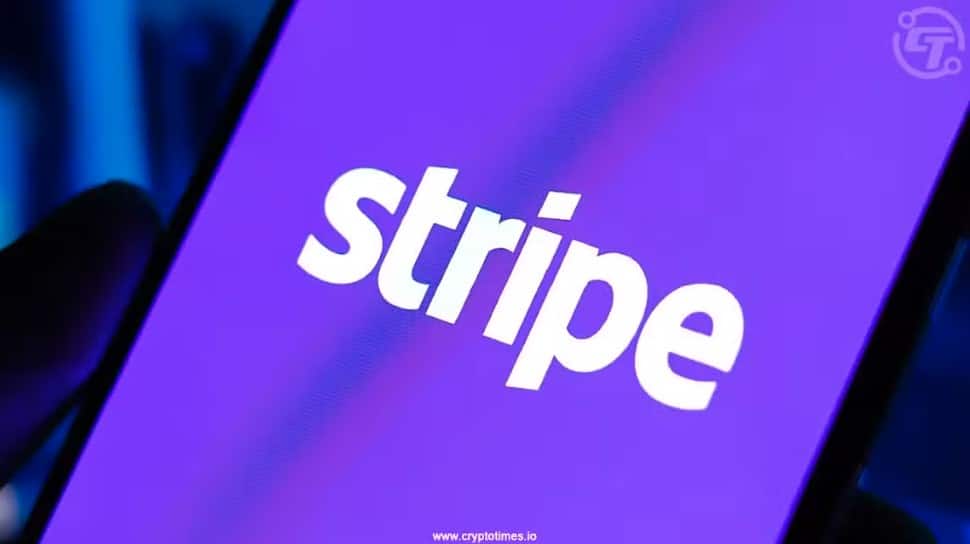PowerWash Simulator 2 will be launching on 23rd October, 2025. It’ll be coming to PC, PS5, Xbox Series X|S and the Nintendo Switch 2.
This was announced on the official PowerWash Simulator 2 X account, which posted a release date trailer. This not only introduces some of the grimey locations you’ll be cleaning up, but also the home base you’ll be hanging around in. This home base, obviously, has pet cats called Bubbles and Squeak.
The game is also coming to Game Pass, so for those who are still subscribed even with the recent price changes, you’ll be able to play it as part of your ongoing subscription.
Watch the PowerWash Simulator 2 release date trailer here!Watch on YouTube
We do know PowerWash Simulator 2 will be continuing the original games’ ridiculous and brilliant lore, which should give avid cleaners something more to delve into other than muck. Those interested in getting their hands dirty can wishlist the game now on Steam, or try out the demo first if they’re curious as to what the hype is all about.
In Eurogamer’s PowerWash Simulator 2 preview, Ed Nightingale wrote: “With that in mind, this refined sequel provides FuturLab the perfect platform to continue tweaking and experimenting with its cleaning sim – as long as the dirt doesn’t wear too thin. Perhaps we could even get some rug cleaning DLC to really get the ASMR tingles going – and monopolise my relaxation time for good.”










